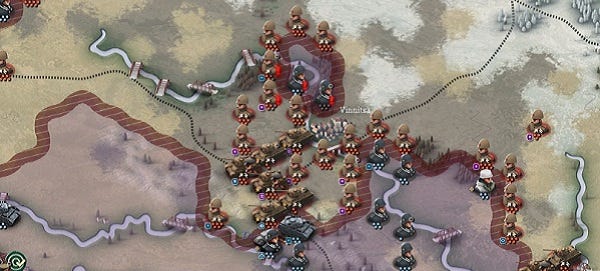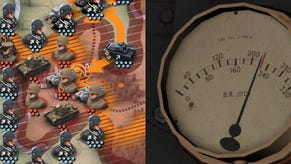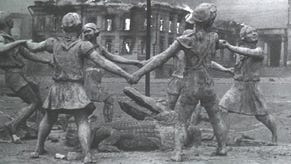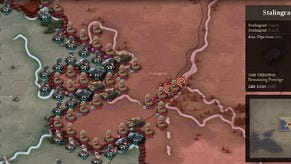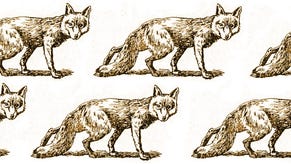Captain Kursk: Unity Of Command - Red Turn
General Gillen dropped the turn-based strategy goodness of Unity Of Command behind RPS lines and hoped that it would conquer hearts, minds and hard drives: "PC-gaming everyman Alec would like it. I suspect Adam has already played it, and I equally suspect he likes it. But I suspect its poise isn’t enough to get the Jims of the world on board." Well, hear this - upon the flip-side of this hastily composed billet-doux to my lost love, I have composed a charge of two unfounded suspicions, General! Jim hopped on board later in the year and I was entirely ignorant of Unity of Command, although I did later learn to love it. The Red Turn DLC came out in December, but I noticed that it had cropped up on Matrix Games today, priced £6.99, so I took a look.
Going back into Unity of Command after a few months is sobering. I have memories of tanks punching through enemy lines, mechanised infantry spilling through the gap and distorting the front into a tangle of opposing forces and disrupted supply lines. The surface simplicity of the game is its great strength and, upon returning, I was deceived by that surface. I have conquered you, I thought, as I prepared to ride the red wave of conquest all the way to Berlin.
Oof. The AI is still a right sod. It has a fantastic habit of noticing the slightest mistake and capitalising on it, which allows it to provide precisely the sort of challenge I enjoy in a wargame. My mistakes are my undoing because the AI is an opportunist rather than an tricky puzzle. The scale is operational but the decisions sometimes feel much more personal - "HANG ON, WHY ARE YOU THERE, INFANTRYBLOKE?", I yell at a small man-token that represents thousands of men that are about to die, cold and without supplies.]
I haven't finished the seventeen new Soviet scenarios but I'm enjoying them more than the base game content, which is strong praise indeed. Because the Red Army is in the ascendancy, the opposing forces aren't always the greatest threat. The temptation to roll over everything that retreats and cowers is strong, but that way lies doom. Patience and well-organised lines of supply and offence are key to victory, and this creates new strategic considerations. Your armies may be mighty but whatever uniforms your troops wear, you are not Russia, you merely fight for Russia, and the country will consume you as readily as it consumes the invaders. Slow and steady is the way.
The patient approach doesn't detract from the joy of shattering a defensive line, or replaying the turns of a scenario after completion and watching the give and take, as every potential weakness is teased and worked on, like the strapped joint of a wrestler. When a breakthrough happens, the joy or anguish is as visceral as that felt during any headshot or kill streak.
If you have played Unity of Command and knew the DLC was out, you may well have purchased it already. If you haven't done either of those things, I strongly recommend that you at least try the demo. We haven't spent enough time telling you how clever, well-presented and cunning this game is, and following the DLC and the addition of a scenario editor at the end of last year, it's easier to recommend than ever before.
